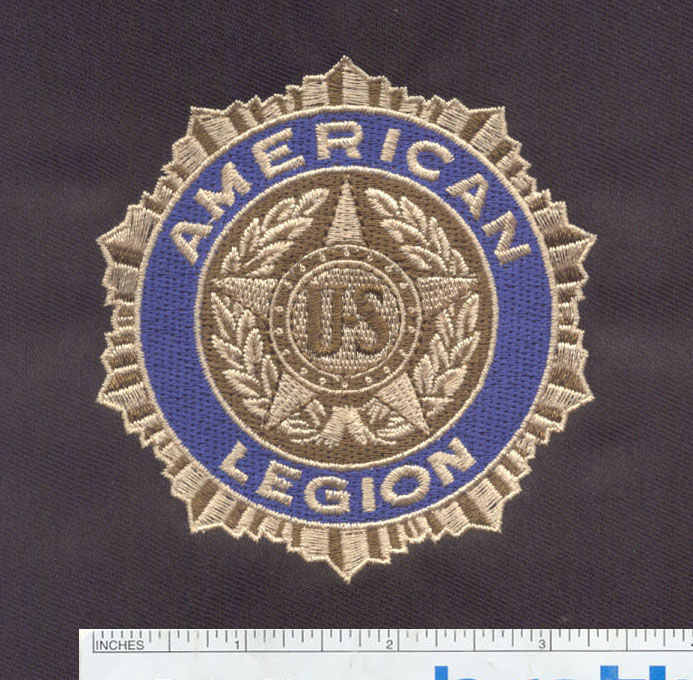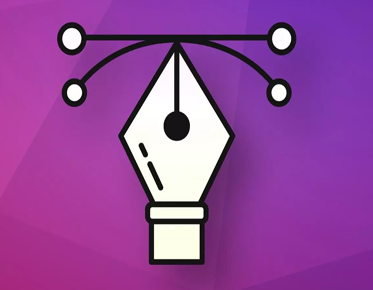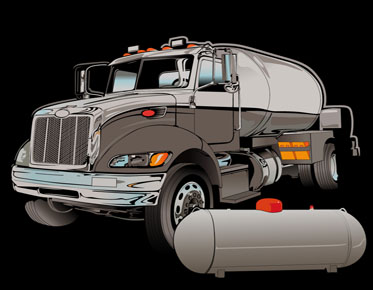Embroidered Patches: A Stitched Style and Identity
Embroidered patches are more than just pieces of fabric with colorful threads stitched onto them; they are symbols of identity, creativity, and individuality. These small yet powerful emblems have a long and storied history, from their practical origins to their current status as iconic expressions of personal style and belonging. In this comprehensive guide, we'll explore the world of embroidered patches, including their diverse types, their myriad uses, and the fascinating stories they tell.
The Evolution of Embroidered Patches
The history of embroidered patches is a testament to human ingenuity and the power of self-expression. What began as a utilitarian solution for mending and reinforcing clothing has evolved into a rich and diverse art form. Let's trace the journey of embroidered patches through time:
Origins in Functional Embroidery
The roots of embroidery and, by extension, embroidered patches, can be traced back to ancient civilizations. Early humans used needle and thread to mend torn clothing, creating functional patches that served to extend the lifespan of their garments.
Military and Organizational Significance
The military played a pivotal role in popularizing the use of embroidered patches. These patches served to identify rank, unit, and affiliation within the armed forces. The tradition of wearing patches on military uniforms dates back centuries and continues to this day.
Scouting and Merit Badges
Youth organizations like the Boy Scouts and Girl Scouts adopted embroidered patches as a means of recognizing achievements and skills acquired by their members. Scouts would earn and proudly display merit badges on their uniforms, each representing a specific accomplishment.
Subcultures and Fashion Trends
The latter half of the 20th century witnessed the emergence of embroidered patches as powerful symbols within various subcultures. From the punk rock scene to motorcycle clubs, patches became a way for individuals to express their unique identities and affiliations.
Types of Embroidered Patches
Embroidered design come in various types, each with its distinct characteristics and uses. These diverse forms of patches cater to different needs and preferences. Here are some of the most common types:
Sew-On Patches
Sew-on patches are designed with a fabric border, making them easy to attach by stitching onto clothing, bags, or accessories. These patches offer durability and flexibility in terms of placement.
Iron-On Patches
Iron-on patches feature a heat-activated adhesive on the back. To apply them, you simply place the patch on the desired fabric, cover it with a cloth, and use an iron to activate the adhesive, securing the patch in place. Iron-on patches are convenient for those who prefer not to sew.
Velcro-Backed Patches
Velcro-backed patches are equipped with a Velcro backing, allowing for effortless attachment and removal. These patches are commonly used in military and tactical applications, where quick changes are necessary.
Merit Badges
Merit badges are a specialized category of patches used by organizations like the Boy Scouts and Girl Scouts to recognize and reward specific achievements and skills. Scouts earn these badges and proudly display them on their uniforms.
Name Tapes
Name tapes are often used in professional settings, such as the military or law enforcement. These patches typically feature a person's name, rank, or affiliation and can be attached using Velcro or sewn directly onto uniforms.
Biker Patches
Biker patches, also known as "colors," are large, prominent patches displayed on the back of motorcycle club members' jackets or vests. These patches feature club names, logos, and other insignia, signifying allegiance to a specific club or organization.
Fashion Patches
Fashion patches come in various shapes, sizes, and designs. They are used to customize clothing, bags, hats, and more. Fashion patches provide individuals with a creative outlet for self-expression.
The Many Uses of Embroidered Patches
Embroidered patches have a multitude of uses, each tied to their unique qualities and symbolism. Let's explore the diverse roles that patches play in our lives:
Identity and Affiliation
One of the primary functions of patches is to signify identity and affiliation. Military personnel wear patches to indicate their rank, unit, and achievements. Similarly, biker patches display club membership, while scouts proudly wear merit badges showcasing their skills and accomplishments.
Achievement and Recognition
Patches serve as tangible symbols of achievement and recognition. Earning a merit badge in the Scouts or receiving a military medal comes with the honor of wearing a corresponding patch that represents hard work and dedication.
Expression of Individuality
Fashion patches, DIY patches, and patches worn by members of subcultures are powerful means of self-expression. They allow individuals to showcase their unique style, opinions, and interests. A jacket adorned with patches becomes a canvas for personal storytelling.
Belonging and Community
For members of organizations, clubs, or communities, patches are a source of pride and belonging. Wearing a patch signifies not only personal identity but also membership in a larger group with shared values and goals.
Travel and Memory
Travelers often collect patches from destinations they visit as souvenirs. These patches serve as mementos of journeys taken and experiences cherished. Each patch tells a story of adventure and exploration.
Crafting Custom Embroidered Patches
The beauty of embroidered patches lies in their ability to be customized to individual preferences and needs. If you have a specific design or idea in mind, you can have custom patches created to your exact specifications. Here's a general overview of the process:
1. Design Concept: Begin by conceptualizing your patch design. This can be done using graphic design software or with the help of a professional patch designer if you're seeking a more intricate design.
2. Patch Type: Decide on the type of patch that best suits your intended use and preferences—sew-on, iron-on, Velcro-backed, or another option.
3. Size and Shape: Determine the dimensions and shape of your patch. Consider factors such as where it will be attached and how prominently it should be displayed.
4. Color and Material: Select the colors and materials for your patch. Embroidered patches offer a wide range of possibilities in terms of thread types and background fabrics.
5. Border and Backing: Decide whether you want a border around your patch and what type of backing it should have (iron-on, Velcro, or none).
6. Production: Submit your design to a patch manufacturer, who will create a sample for your approval. Once you're satisfied with the sample, production of your patches will begin.
7. Attachment: Depending on the type of patch you've chosen, you can either sew it onto your clothing or use an iron, Velcro, or adhesive backing for attachment.
Conclusion
Embroidered patches have transcended their practical origins to become symbols of identity, achievement, and self-expression. Whether you're a military veteran displaying your service, a scout wearing badges of honor, or a fashion enthusiast customizing your attire, patches hold a special place in our lives. They tell stories, evoke nostalgia, and connect us with like-minded individuals and communities.
As you explore the world of embroidered patches, you'll find a treasure trove of creativity and symbolism. Each patch is a unique piece of art, and the act of wearing or creating one is a celebration of personal identity and the power of human expression. So, whether you're adding a patch to your collection or designing one from scratch, remember that these small emblems carry big stories and play a vital role in our shared culture of self-expression and connection.



